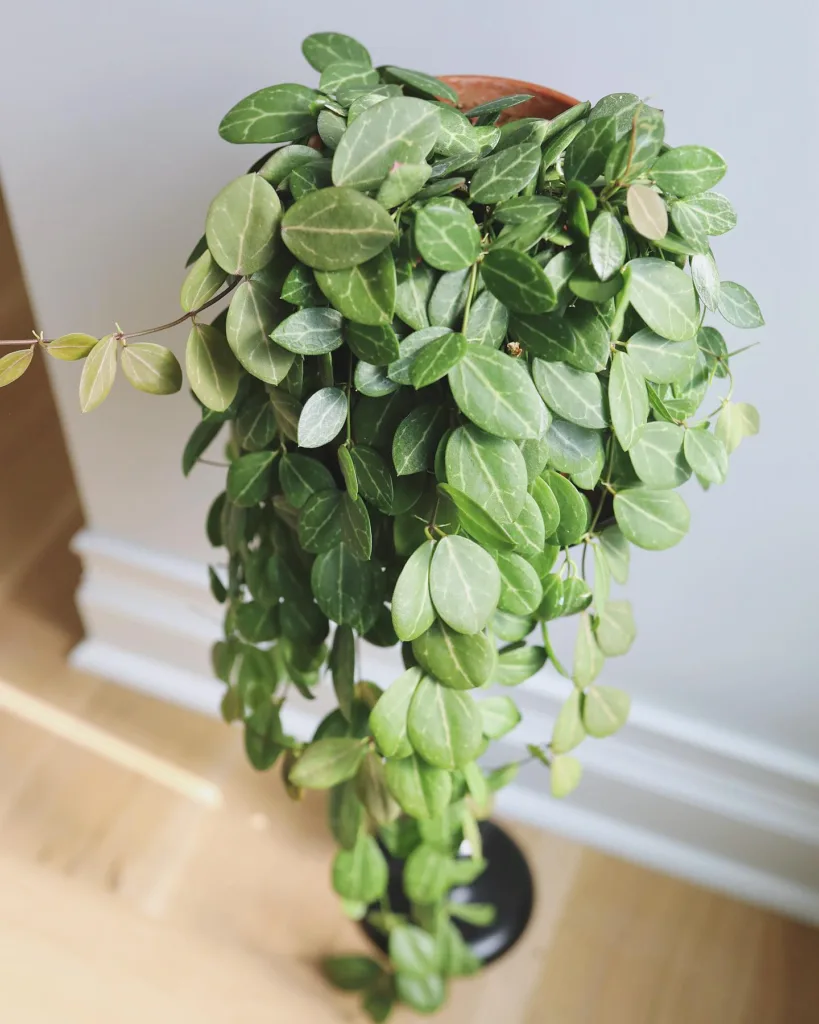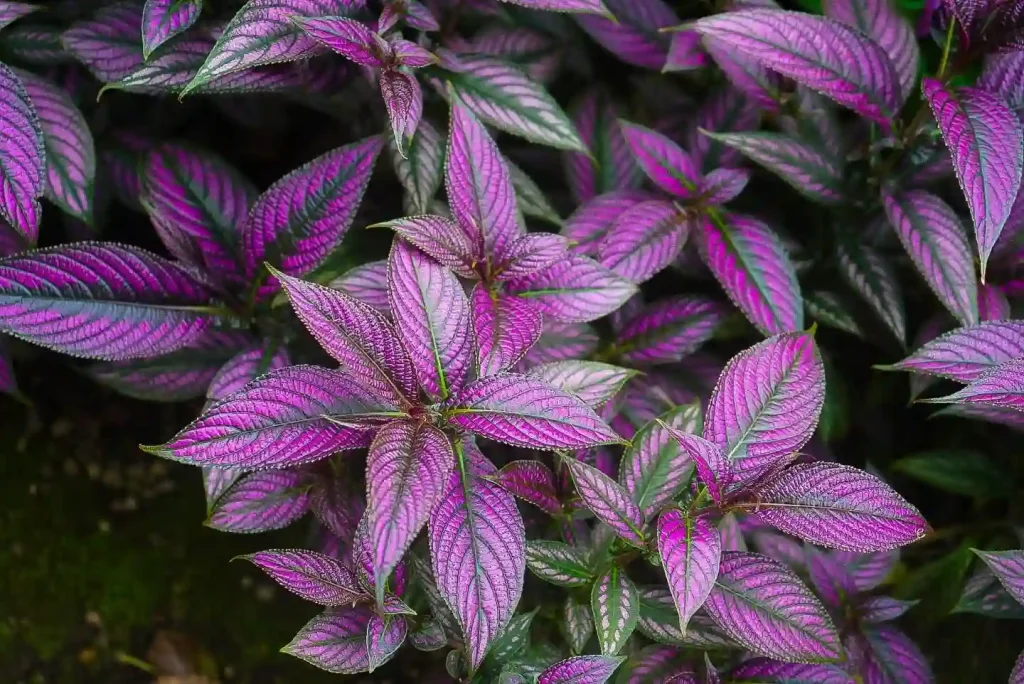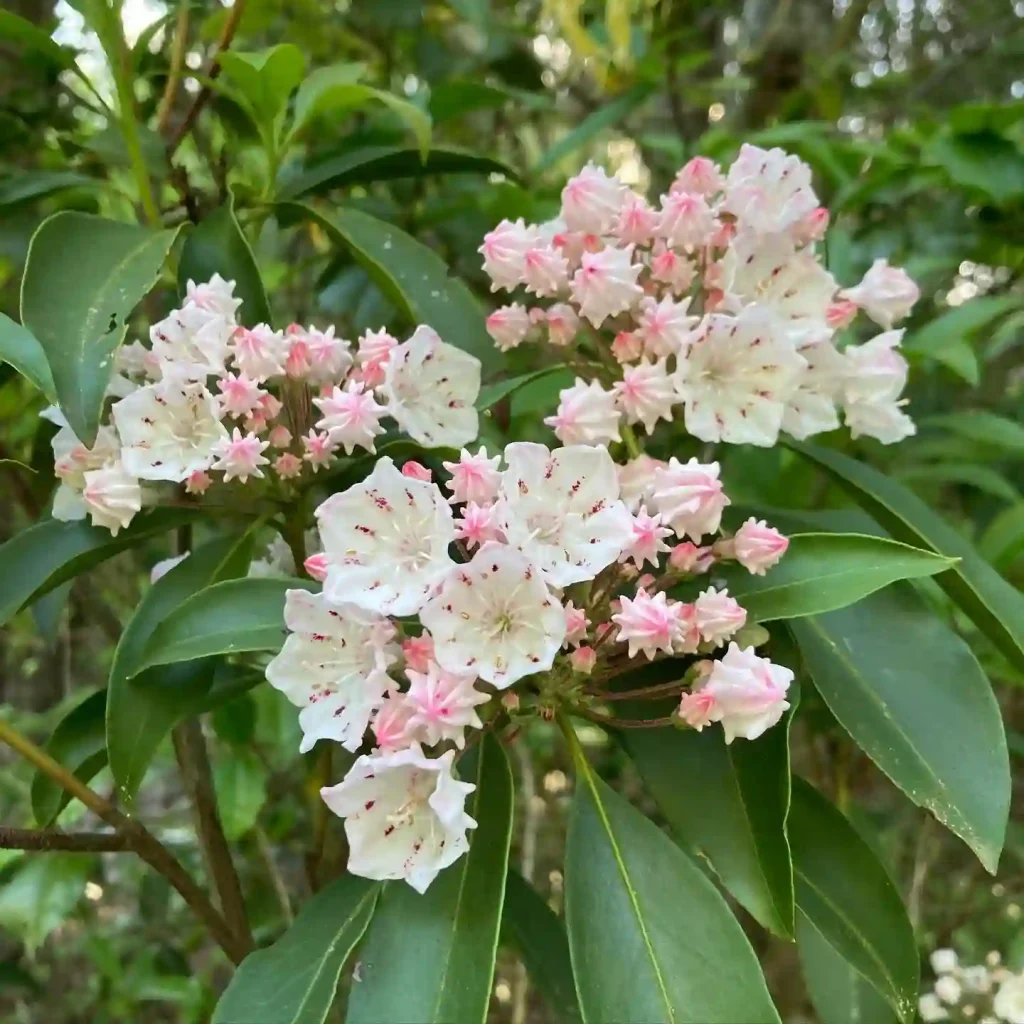What is Filipendula Red Umbrellas?
Filipendula Red Umbrellas is a hybrid of Filipendula multijuga and Filipendula palmata. Also known as Filipendula Rubra ‘Red Umbrellas’, this perennial is prized for its striking red flower clusters and attractive foliage. Its elegant, umbrella-like flowers make it a standout feature in any garden. Native to North America, Filipendula Red Umbrellas thrives in a variety of soil types and offers a splash of color throughout the growing season.
15 Species in Genus Filipendula
How to Care for Filipendula Red Umbrellas?
Taking care of Filipendula Red Umbrellas is relatively straightforward, but it does require some attention to detail to ensure it thrives.
- Light Requirements: Filipendula Red Umbrellas prefers full sun to partial shade. In hotter climates, it benefits from some afternoon shade to prevent leaf scorch.
- Soil Conditions: This plant flourishes in moist, well-drained soil. It’s adaptable but performs best in soil rich in organic matter. Heavy clay or sandy soils should be amended with compost to improve fertility and drainage.
- Watering: Regular watering is crucial, especially during dry spells. Filipendula Red Umbrellas prefers consistently moist soil but is not waterlogged. Ensure the soil drains well to avoid root rot.
- Fertilization: A balanced, all-purpose fertilizer applied in early spring will support healthy growth. Avoid over-fertilizing, as this can lead to excessive foliage at the expense of flowers.
- Pruning: Deadheading spent blooms can promote additional flowering. In late fall, trim back the plant to near ground level to prepare it for winter.
How to Propagate Filipendula Red Umbrellas?
Propagation of Filipendula Red Umbrellas can be done through several methods:
- Division: The most common method is by dividing the plant in early spring or fall. Gently separate the root clumps and replant them in prepared soil.
- Seed: Filipendula Red Umbrellas can also be propagated from seeds. Start seeds indoors about 8-10 weeks before the last frost. Sow them on the surface of the soil, as they need light to germinate. Transplant seedlings outdoors after the risk of frost has passed.
- Cuttings: Though less common, stem cuttings taken in late summer can be rooted in moist, well-drained soil.
What to Plant With Filipendula Red Umbrellas?
Filipendula Red Umbrellas pairs beautifully with a variety of companion plants:
- Hostas: Their large leaves and shade tolerance complement the vibrant flowers of Filipendula.
- Astilbe: Astilbe’s feathery blooms and similar moisture requirements make it a good partner.
- Heuchera: The colorful foliage of Heuchera can provide a striking contrast to the red flowers.
- Japanese Forest Grass (Hakonechloa): Its cascading growth habit and delicate texture add a lovely contrast to the bold flowers of Filipendula.
Benefits of Filipendula Red Umbrellas
Filipendula Red Umbrellas offers several benefits to gardeners:
- Attractive Flowers: The red, umbrella-like clusters are visually striking and attract pollinators such as bees and butterflies.
- Low Maintenance: Once established, it requires minimal care and is quite resilient.
- Disease Resistance: This plant is relatively resistant to common garden pests and diseases.
- Versatile: It can be used in a variety of garden settings, including borders, wildflower gardens, and cottage gardens.
Is Filipendula Red Umbrellas Toxic?
Filipendula Red Umbrellas is not considered toxic to pets or humans. However, as with all plants, it’s best to keep children and pets from ingesting large quantities of any plant material.
Common Problems with Filipendula Red Umbrellas
While Filipendula Red Umbrellas is generally trouble-free, it can encounter a few issues:
- Powdery Mildew: This fungal disease can cause a white, powdery coating on the leaves. Improve air circulation and avoid overhead watering to prevent it.
- Root Rot: Overly wet soil can lead to root rot. Ensure good drainage and avoid waterlogging.
- Pests: Watch out for aphids and spider mites, which can sometimes infest the plant. Regular inspection and appropriate treatments can manage these pests.
Comparing Filipendula Red Umbrellas to Similar Plants
Filipendula Red Umbrellas is often compared to other perennials like Filipendula Rubra ‘Venusta’ and Astilbe varieties.
- Filipendula rubra ‘Venusta’: This cultivar also features pink blooms but lacks the striking red color of ‘Red Umbrellas’. It generally grows shorter and has a slightly different flower structure.
- Astilbe: While Astilbe shares similar growing conditions and flower structure, it typically has a different bloom color range and may not provide the same bold red hues.
In summary, Filipendula Red Umbrellas is a versatile and striking addition to any garden. With its bold red flowers, low maintenance requirements, and compatibility with other plants, it’s a standout choice for both novice and experienced gardeners. By understanding its care needs and potential issues, you can enjoy its beauty for many seasons to come.
If i die, water my plants!



